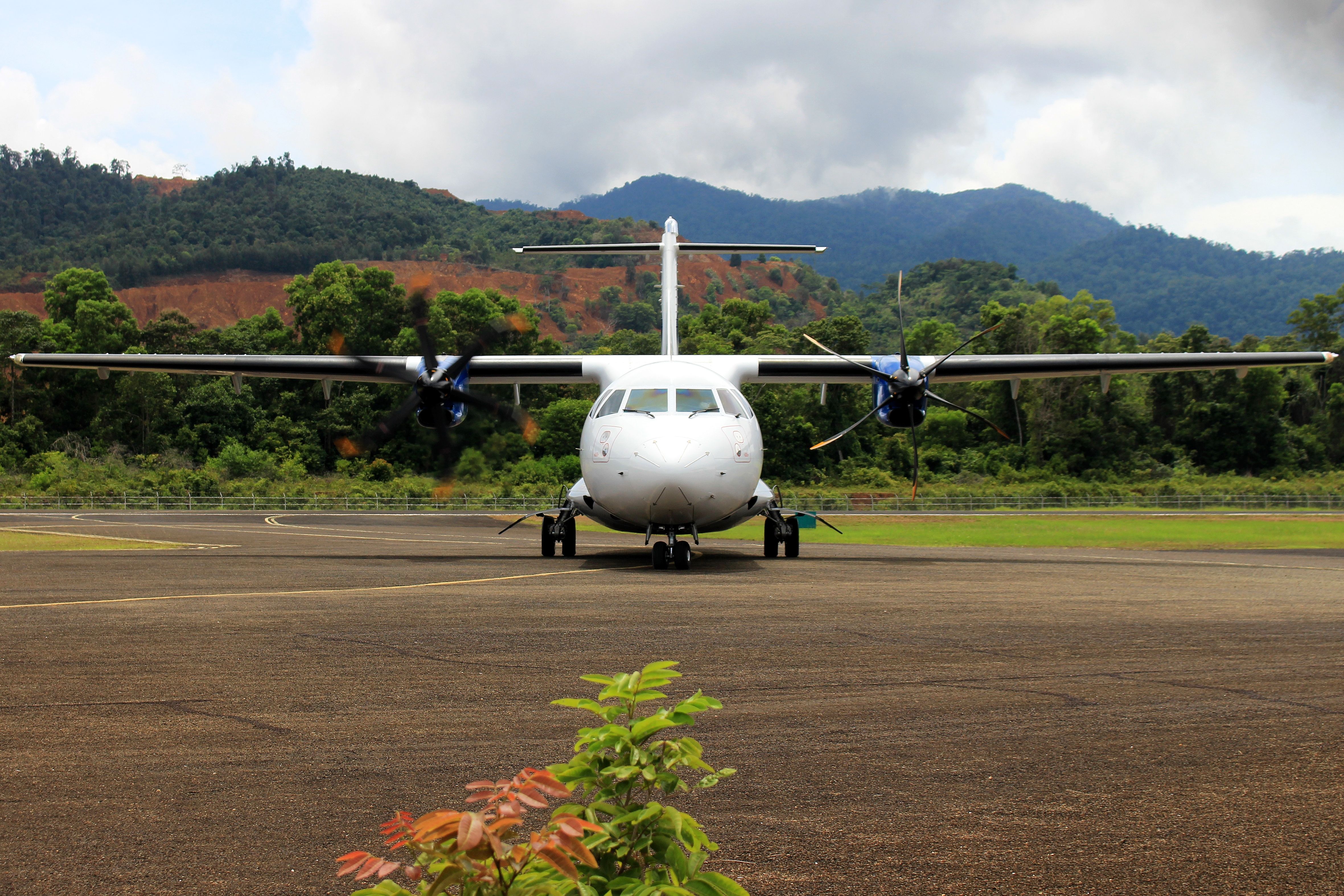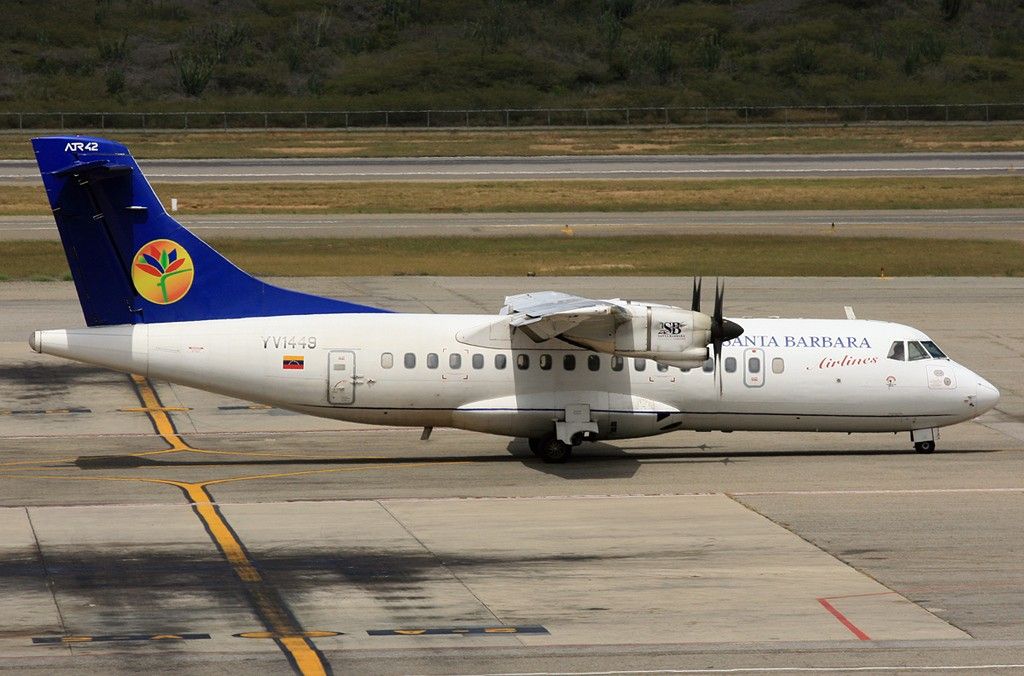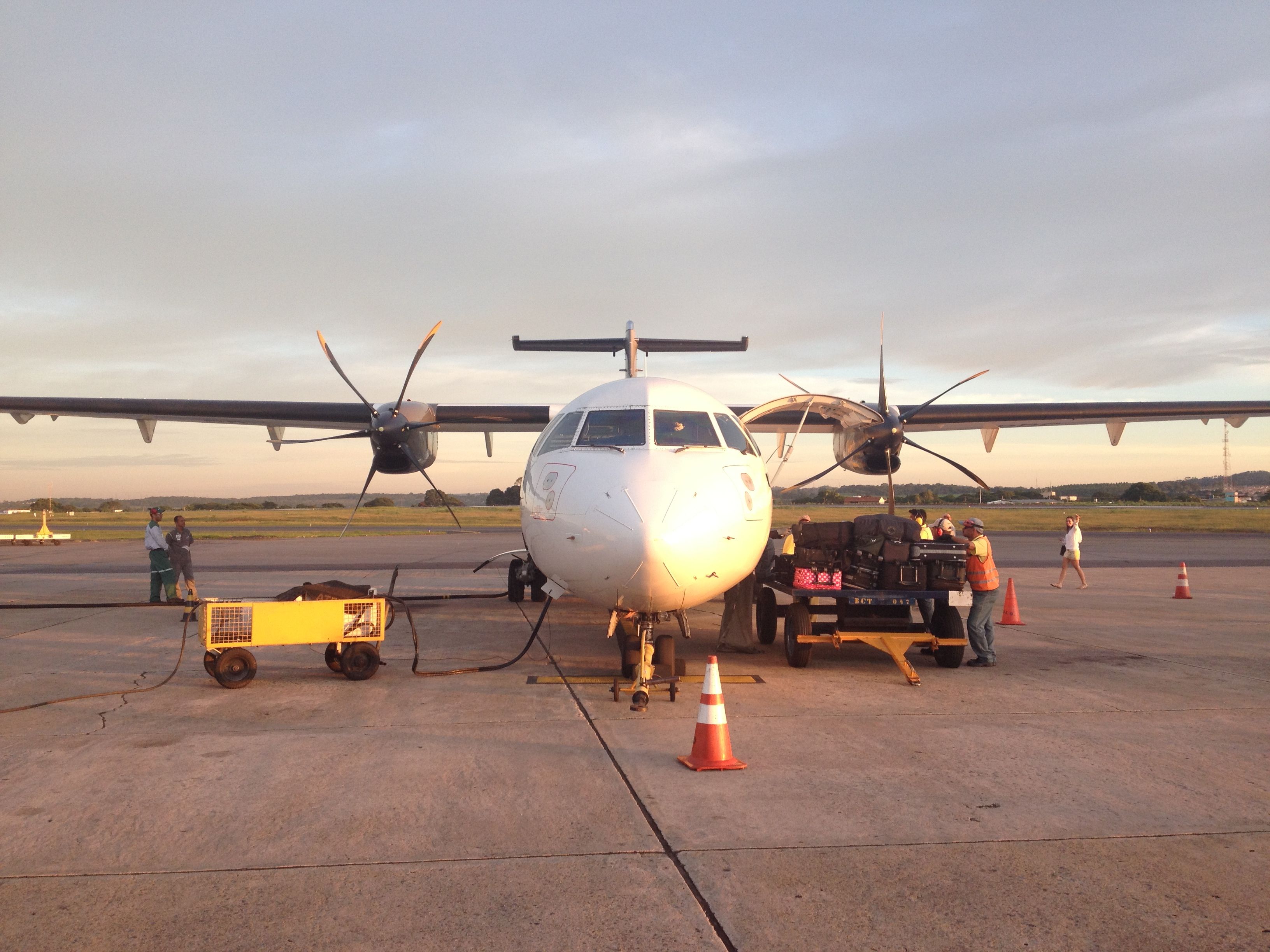Today marks 15 years since the crash of Santa Bárbara Airlines flight 518, which crashed shortly after it departed from Mérida, Venezuela on February 21st, 2008. The accident resulted in the death of everyone onboard the turboprop, and, at the time, it ranked as the deadliest crash ever to have involved the ATR 42.
The flight and aircraft involved
Santa Bárbara Airlines flight 518 was a scheduled domestic service that originated at Alberto Carnevalli Airport (MRD) in Mérida, Venezuela. Its destination was Maiquetía "Simón Bolívar" International Airport (CCS), which serves the Venezuelan capital city of Caracas. This was also Santa Bárbara Airlines' main hub.According to the Aviation Safety Network, the aircraft operating Santa Bárbara Airlines flight 518 on February 21st, 2008 was an ATR 42-300 twin-turboprop that bore the registration YV1449. It had first flown in 1986, making it around 22 years old. During this time, it had racked up a grand total of 37,138 flight hours.The flight was well loaded, with 43 passengers. It also had a three-person crew (consisting of two pilots and a single flight attendant), making its total occupancy on the day 46 people. According to the BBC, most of those onboard were Venezuelan, but multiple Colombians and a single US citizen were also on the manifest.
Love aviation history? Discover more of our stories here!
Disastrous departure
On the day of the flight, its pilots had arrived around 30 minutes late, with the subsequent delay meaning that there was the potential for congestion at the one-runway Mérida Airport. As such, with another aircraft approaching Mérida, air traffic control asked them to either expedite their departure or wait for the arrival.The pilots opted for the former choice, and began their taxi to the runway. However, this occurred just two minutes and 40 seconds after starting the aircraft's engines, rather than the prescribed three minutes that were required to calibrate the aircraft's gyroscopes, accelerometers and magnetometers. This meant that the attitude and heading reference system (AHRS) could not be used.Nonetheless, the crew pushed on with their expedited departure, taking to the skies at around 17:00 local time. Once airborne, they initially navigated using a magnetic compass in the absence of the AHRS. However, this meant that a misjudged turn took the aircraft into the path of rising mountainous terrain. As a result, it collided with a rock wall called 'Indian Face' at an altitude of around 13,000 feet.
Aftermath and investigation
Sadly, but perhaps unsurprisingly, this violent impact with the terrain destroyed the aircraft, and killed all 46 passengers and crew members onboard. This made it the ATR 42's worst crash at the time, and it now ranks third. The mountainous location of the crash also made the wreckage difficult to locate and recover.Nonetheless, the aircraft's black boxes were soon found, and an investigation into the accident commenced. It found that the lack of navigation equipment played a key role in the disaster, while also highlighting that the crew didn't complete their pre-flight checklist, and flew an unauthorized departure route. The crash also led to a five-year suspension of commercial flights at Alberto Carnevalli Airport.Sources: Aviation For Aviators, Aviation Safety Network, BBC



